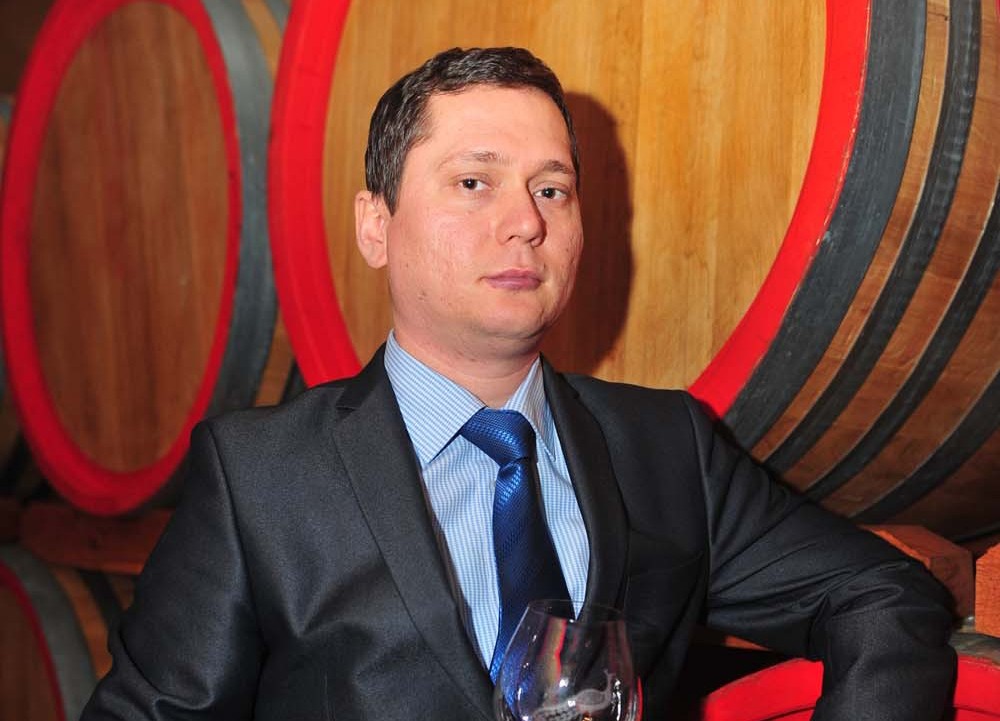Wine Blending At the Stobi Winery
Posted on Sun 13th Jul 2014 at 09:02

Have you ever wondered why wines are blended? Stobi Wine maker Dane Jovanov gives us an insight to wine blending at the Stobi Winery in Macedonia.During the period from the end of the fermentation until bottling, a wine is said to be aging.
Aging duration varies considerably according to a wine’s origin, type and quality. It must belong enough to stabilise the wine, as well as to prepare great wines for bottle aging. Many changes occur in the composition of the wine during this period, accompanied by the development of colour, aroma and flavour. By definition, blending wine simply means you are combining two or more wines to create a new one which will be characterised with greater complexity, softness, roundness and mouth feel etc. There are several reasons why you would choose to blend wines, for example to enhance the aromatic profile of the wine, to improve the colour of the wine, to adjust the pH of a wine, to raise or lower alcohol levels or to make fine tuning of the sweetness of a wine. It can also be done to correct a wine which has too much oak flavour, thus giving it a bit of fruity character. It is also done to raise or lower levels of tannins in order to improve the longevity or the ready to drink status of the wine etc. When you are blending wines, one should consider the factors that affect how wine is perceived by the taster and eliminate anything that may hinder objective testing. For example, you should do the blending in aerated room without any unwanted aromas or other sensory distractions. Crucial to blending is the evaluation of the final blend and therefore it is highly recommended to invite Masters of Wine or colleagues in which you have trust in order to help you judge the blends. In this way you are eliminating the subjectivity of one person doing the blend. There are many methods to do the evaluation of the final blends, in my case I prefer the triangle test where the panelist is presented with one different and two similar samples. If possible, all three samples should be presented to the panelist at once, and the panelist should be instructed to taste the samples from left to right. The six possible order combinations should be randomised across panelists. For samples A and B, the six possible order combinations are: AAB, ABA, BAA, BBA, BAB, and ABB. The panelist is instructed to identify the odd sample and record his answer. When blending wines you should always have a strict goal into your mind, in terms of where you are and where you want your final wine to be, this is where the experience of a wine maker (or oenologist) comes into his own, often working alongside MW like Jo Ahearne to blend wines for a particular country and market. Dane Jovanov, Stobi Winery 2014.

